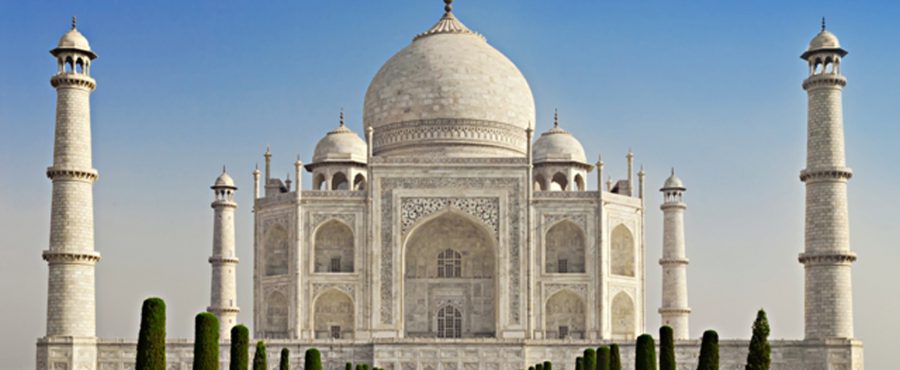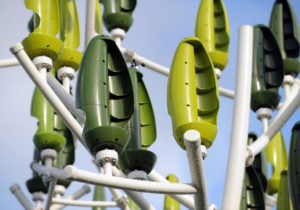
India is called “world’s most populous democracy” mainly because of the impressive population of 1.324 billion living in this country. A larger number may be boasted only by China with 1.379 billion peopleI)https://www.google.com/publicdata/explore?ds=d5bncppjof8f9_&met_y=sp_pop_totl&hl=pl&dl=pl.
Contemporary India is facing, however, multiple challenges including vast social stratification and illness prevention difficulties. This country is also facing challenges in the field of energy.
Energetic development
Now India is using almost all available energy sources, including black and brown coal, natural gas, nuclear energy and renewable sources: wind, sunlight, water and biomass. Diversities are also noticeable in the ownership structures of entities producing electric power.
The data of India’s Energy Ministry show that 24.6 per cent of energy is produced by the public sector, while 45.2 per cent – by private entities. The state sector is also present in the market, which in India – a country which is a federation – means the central government is the owner. Companies of this type are responsible for generating 30.2 per cent of the energy produced in India.
The most important source of energy in the country is burning of coal. It generates 57.3 per cent of the country’s electric energy. The second most productive installations are those based on various renewable sources (excluding big-range water power plants) responsible for generating 20.1 per cent of the country’s power. The third position is occupied by large-scale water-generated plants that provide 13.2 per cent of power. As a consequence, 33.3 per cent of energy generated in India comes from various renewable energy sources.
Natural gas burning provides 7 per cent of consumed energy. The fifth most important source of energy is nuclear power plants satisfying 2 per cent of the country’s demandII)https://powermin.nic.in/en/content/power-sector-glance-all-india. Although 2 per cent does not sound impressive, it is important to consider the scale of the demand. India’s 7 nuclear power plants operate 22 reactors. For comparison, Germany, with 17.7 per cent of electricity generated in nuclear power plants, operates 11 reactors (out of previously operating 17)III)https://en.wikipedia.org/wiki/Nuclear_power_in_Germany.
The total power generated by all, India’s energy sources equal slightly above 344 gigawatts.
India is quickly increasing its national production and cutting necessary import. In 2009-2010 the country had to import nearly 13 per cent of electric power. In 2016-17 the national production’s deficit dropped down to 1.6 per cent.
No lights
An interesting aspect of India’s energy sector is relatively low consumption of energy per capita compared to developed countries. This is a consequence of mainly low electrification range, particularly in rural areas. According to April 2018 data, 82.5 per cent out of a total of 180 million rural households are connected to an electric power network. The situation looks better in states like Andhra Pradesh, Goa, Tamil Nandu, Kerala, Gujarat and Puducherry, where everyone (100 per cent) has access to electricity. On the other hand, the poorest access of households to the power network is in states like Jharkhand (47.77 per cent), Uttar Pradesh (55.98 per cent.), Assam (57 per cent), Odisha (63.77 per cent.), Arunachal Pradesh (65.62 per cent.) and Meghalaya (69.92 percent). In other states, the percentage ranges from 72.28 (Tripura) up to 99.99 (Punjab)IV)https://en.wikipedia.org/wiki/Electricity_sector_in_India#cite_note-35.
Smog-enveloped
Though India has one of the highest (and much higher than the European Union) shares of renewable energy sources in its energy mix, the country has not escaped from problems caused by coal-based energy. The country is countering huge air pollution and New Delhi is perceived as world’s most polluted city.
Now the concentration of the most harmful dusts PM 2.5 in the city 2- times exceeds WHO standards. To improve its air quality at least slightly, the country’s authorities are turning to unusual methods like banning fireworks, which are a traditional element accompanying the Diwali holiday – the light festival.
However, the air pollution issue is much more extensive – out of world’s 30 most polluted cities, 14 are in India. Smog is generated predominantly by emissions from burning trash and agricultural waste. To fight this problem the government allocated 288 billion rupees (ca. 4.4 billion dollars) to reach, by 2020, the pollution emission levels comparable with EU targetsV)https://www.bloomberg.com/news/articles/2017-11-13/why-smog-chokes-india-s-capital-and-its-economy-quicktake-q-a.
The Word Bank estimates that India’s cost related to air pollution may be 80 billion dollars.
| I. | ↑ | https://www.google.com/publicdata/explore?ds=d5bncppjof8f9_&met_y=sp_pop_totl&hl=pl&dl=pl |
| II. | ↑ | https://powermin.nic.in/en/content/power-sector-glance-all-india |
| III. | ↑ | https://en.wikipedia.org/wiki/Nuclear_power_in_Germany |
| IV. | ↑ | https://en.wikipedia.org/wiki/Electricity_sector_in_India#cite_note-35 |
| V. | ↑ | https://www.bloomberg.com/news/articles/2017-11-13/why-smog-chokes-india-s-capital-and-its-economy-quicktake-q-a |




